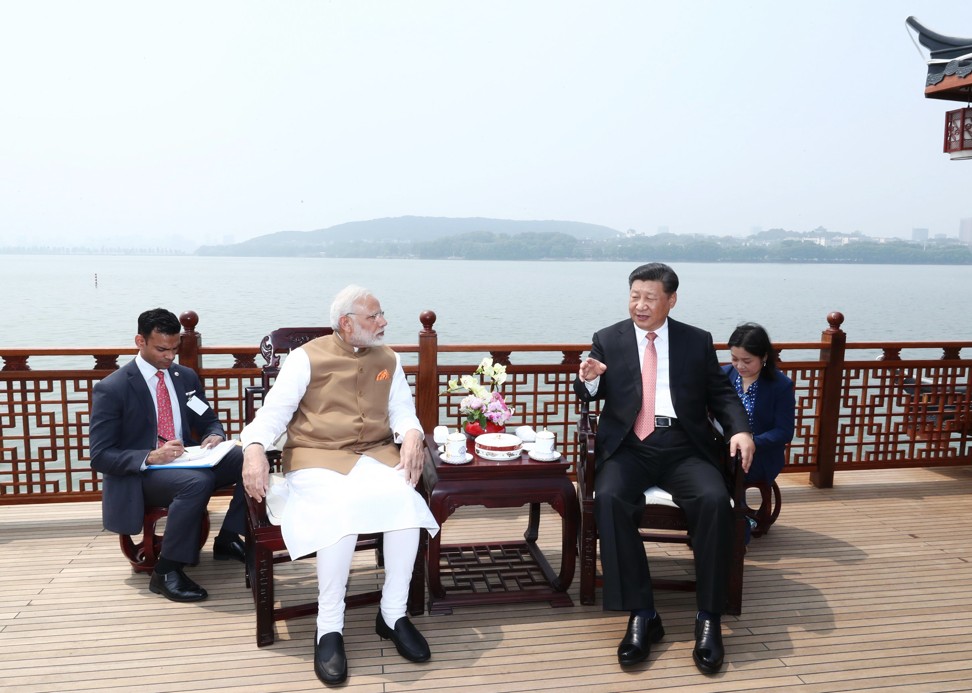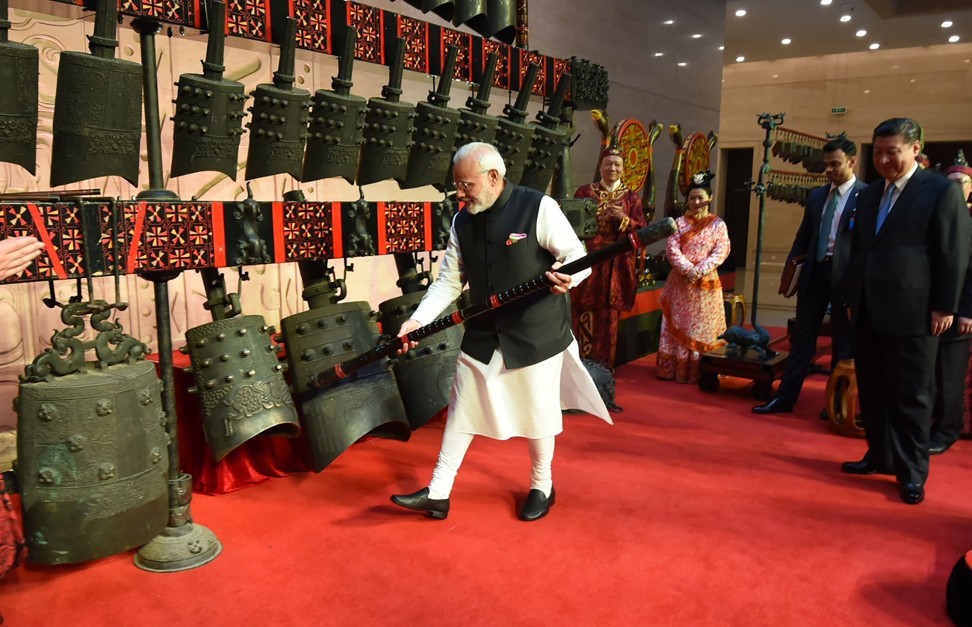
Sino-Indian summit takes the right road to economic cooperation
Latest talks between President Xi Jinping and Prime Minister Narendra Modi to heal distrust between their nations can only contribute to a peaceful environment
The leaders of two countries accounting for one third of the world’s entire population met to narrow long-standing differences and heal distrust at the weekend.
Despite the importance of the talks between President Xi Jinping and Prime Minister Narendra Modi, they were overshadowed by global media coverage of the historic summit last Friday between the leaders of North and South Korea.
That says something about the compulsion of nuclear sabre-rattling by the North’s Kim Jong-un and US President Donald Trump. Dialogue between the two Koreas and the prospect of denuclearisation might have done more to calm nerves about conflict on the Korean peninsula, but in the long run relations between the two Asian giants have immeasurable implications for regional and global stability.
Sino-Indian relations are not without their own elements of brinkmanship.

After a tense military border confrontation in the Himalayas last year, Modi’s visit to China, featuring a number of one-on-one private meetings with Xi, was a serious attempt to reset ties.
The two sides faced off for two months across a road the People’s Liberation Army had been extending on an area disputed by China and Indian ally Bhutan near the Indian state of Sikkim.
They pulled back in time to avoid disruption of a summit of the BRICS group of developing nations that includes China and India.

The latest talks were aimed at further clearing the air ahead of an official visit by the Indian leader to the coastal city of Qingdao next month for the Shanghai Cooperation Organisation summit.
Ever since the two sides fought a brief but bloody war in 1962, they have made little progress towards tackling issues along their 3,500km shared border.
Amid mutual distrust, tensions continue to simmer. An immediate priority was to build an effective circuit-breaker to head off any repetition of incidents such as last year’s stand-off.

To that end, Xi and Modi pledged to improve military communications, which observers said were seen to be lacking at a high level in the recent incident.
The pledge reflected a mutual desire to use the Qingdao summit to create a positive atmosphere and give bilateral ties a boost.
However, while deep distrust continues to undermine relations there remains a long way to go.
State-run Xinhua news agency quoted Xi as saying the two countries’ next step should be to make a comprehensive plan for cooperation and to enhance strategic communication to enable timely negotiation on major issues.
Ultimately the lifeblood of a constructive Sino-Indian relationship is bilateral trade and investment. Such conflicts do nothing to advance them.
A peaceful environment is necessary for fruitful economic cooperation and expansion of bilateral interests.

